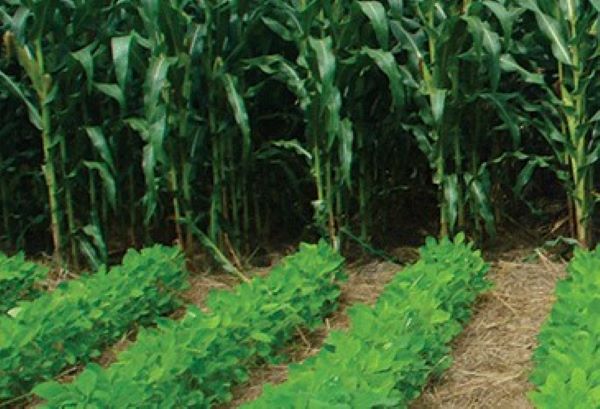By Lawrence Paganga
Over 300 000 farmers in Zimbabwe have adopted conservation farming and through this method, thereby nearly tripling their crop production and improving household incomes, the Food and Agriculture Organisation (FAO), announced in its latest update on Zimbabwe.
According to the international organisation, when conservation agriculture was introduced to Zimbabwe, rural areas became dotted with what observers called “NGO plots” – parcels of land where farmers practiced the new approach.
However, these small plots were surrounded by other fields where farmers defied the concept and continued with their conventional farming methods.
“Initially, FAO and other development groups supplied farmers with enough seed and fertiliser to plant half a hectare under conservation agriculture – enough to get them started. However, the fact that they did not expand these plots made it obvious that, while farmers welcomed the inputs, they were not convinced enough to convert all of their land,” FAO said in its report.
“There were reasons for their initial scepticism. Conservation agriculture is built on three principles – minimum soil disturbance, permanent soil cover and crop rotation – that are known to reduce erosion, improve soil quality, conserve water, reduce fuel costs and, above all, improve yields. However, from the smallholder’s point of view, each principle had its own problems.”
FAO said it was forced to change its strategy, and narrowed its focus to a small core group of farmers who were seriously convinced of the benefits. It also established demonstration fields where farmers could observe the increased yields of conservation agriculture compared with other farming techniques.
FAO also identified, tested and introduced new mechanised technologies that reduce the amount of labour involved in conservation agriculture without compromising its principles.
The Zimbabwe government has also supported conservation agriculture because of its success in mitigating the adverse effects of climate change and in conserving soil and water resources.
“An estimated 300 000 Zimbabwe farmers have now adopted conservation agriculture. Once farmers pass the initial labour intensive, start-up seasons, their conservation agriculture techniques cut down on waste of inputs and thus reduce their costs,” FAO said.
“While only five percent of Zimbabwe’s maize-growing area is currently under conservation agriculture, those farmers who have adopted it have been able to harvest more from their small plots, averaging around two tonnes per hectare for maize, which is nearly triple what they produced under conventional agriculture.
“Meanwhile, legume production has doubled. The farmers are not only harvesting enough maize and legumes to feed their families – the increased yields actually provide a surplus they can sell, thereby improving their livelihoods while contributing to the national food basket.”
According to FAO, conservation agriculture is a no-till system that increases crop yields while protecting fields from erosion, improving soil quality, and mitigating the effects of the drought.
With 70 percent of Zimbabweans relying on agriculture, for their livelihoods, the strength of the key sector is to economic recovery for the country – once considered the breadbasket of southern Africa.









